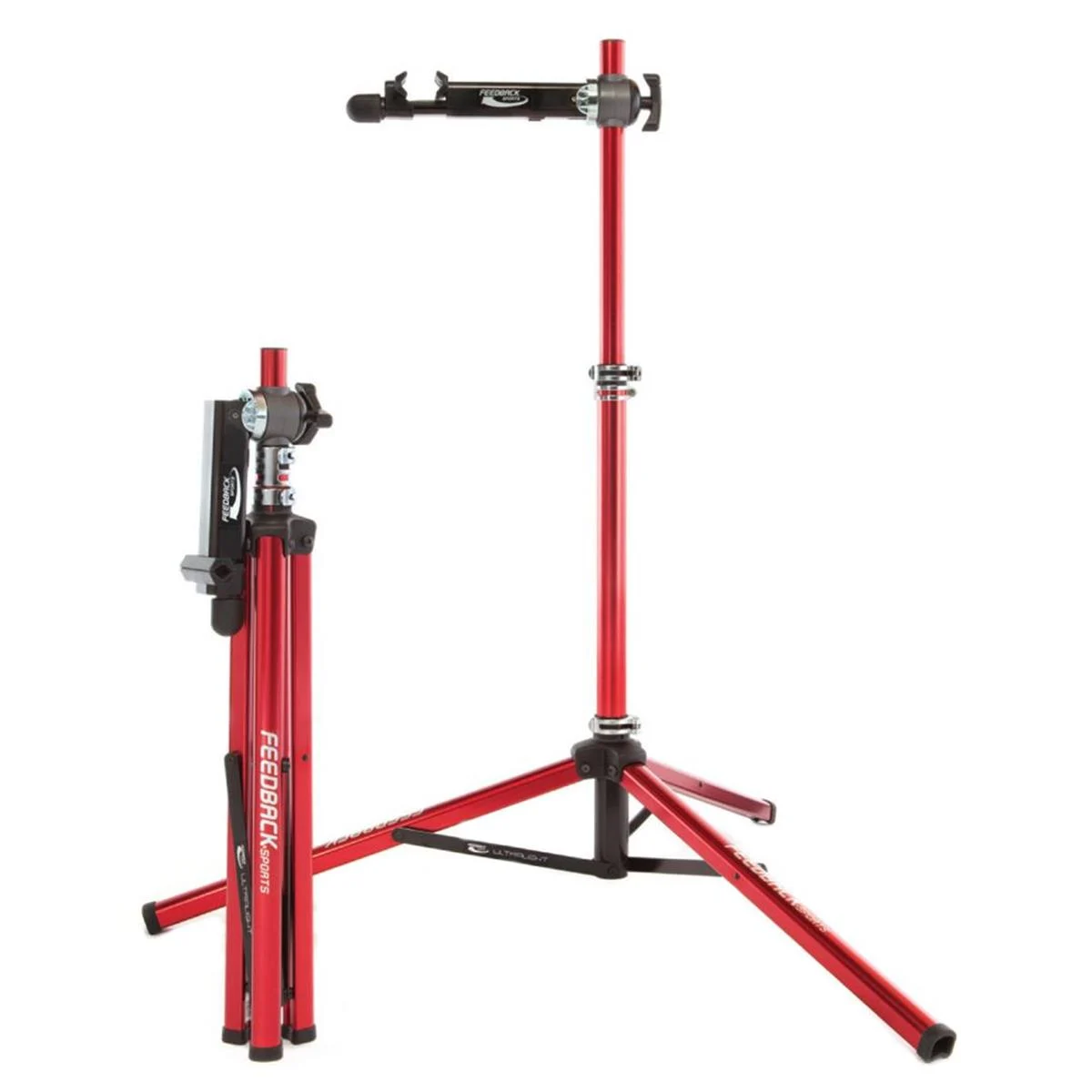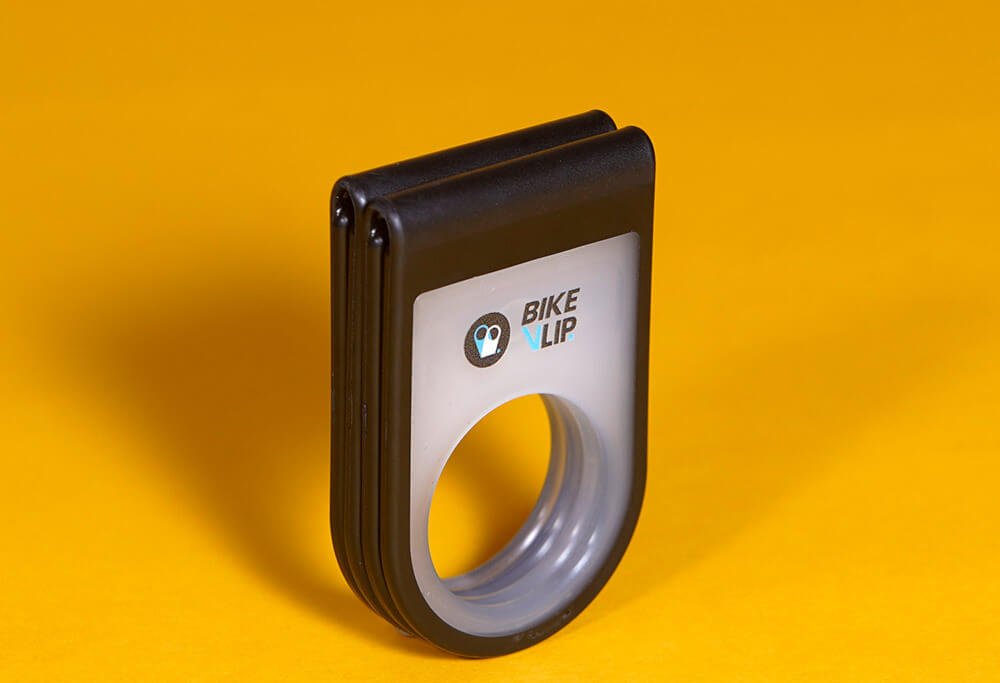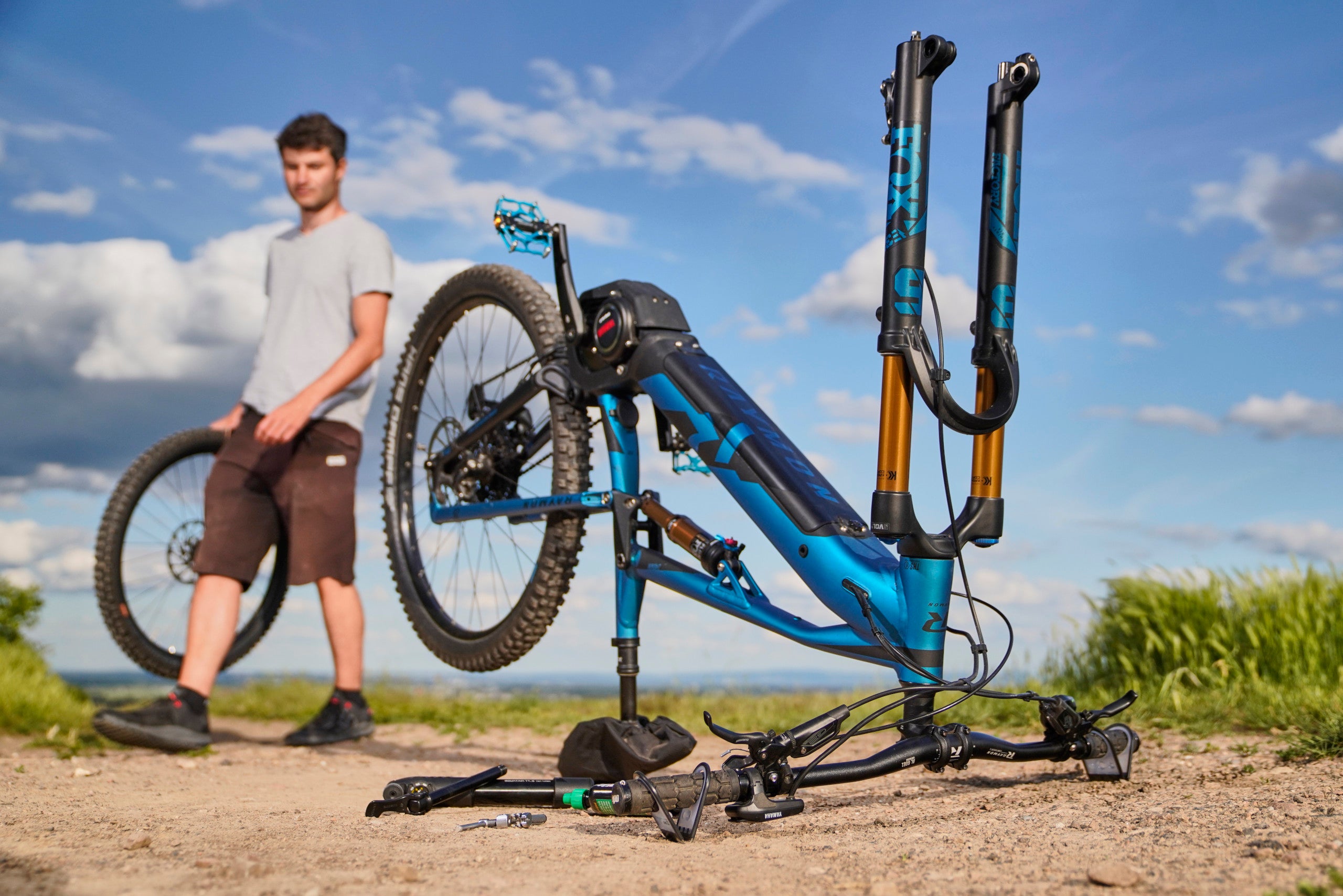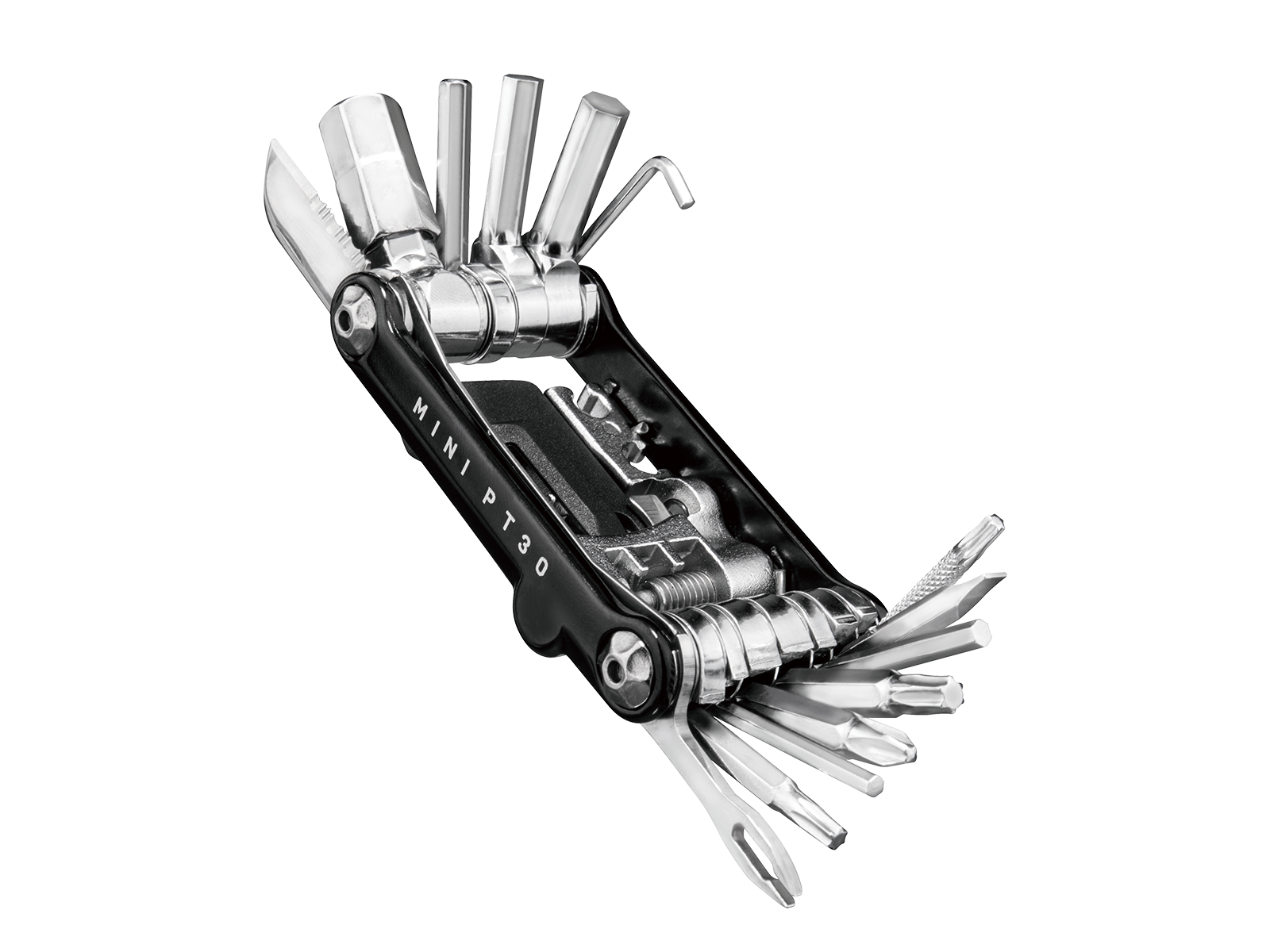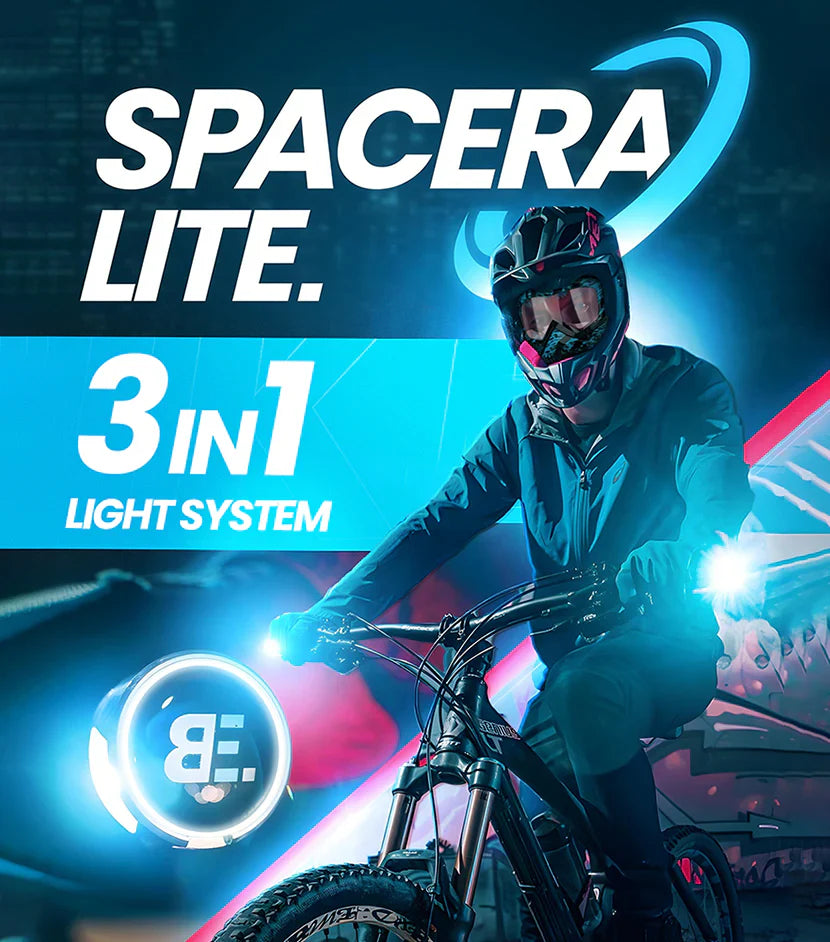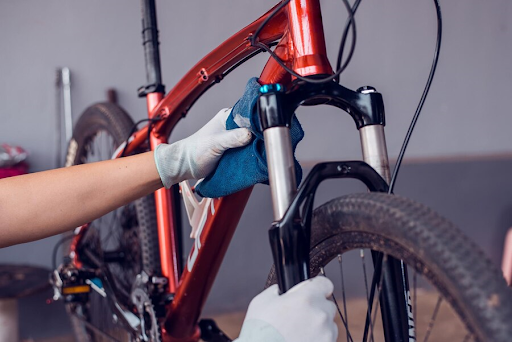Bicycle disc brakes, a vital component of modern cycling, provide riders with precise control and enhanced stopping power. However, even the most advanced disc brake systems may require occasional adjustments to ensure optimal performance and safety. Bikers need to make disc brake bicycle adjustments for several reasons. Over time, brake pads wear down, misaligned brake calipers, and dirty brake rotors.
In this article, we'll take you through the step-by-step process of adjusting disc brakes on your bicycle. So, let's get started with the essential steps to fine-tune your bicycle's disc brake system.
How to Adjust Disc Brake Bicycle
Step 1: Take off The Wheel
When you want to adjust your bike's disc brakes, the first thing you need to do is take off the front wheel. This might sound tricky, but it's actually quite straightforward. Here's how you can do it:
- Position Your Bike: Start by placing your bike upside down, resting it on its handlebars and saddle. This gives you easy access to the wheel and ensures the bike is stable.
- Locate the Quick Release: Most modern bikes have a quick-release lever on the front wheel. This is a small handle that you can flip open and close. If your bike has this, it makes the process even easier.
- Open the Quick Release: Hold onto the end cap on the opposite side with one hand, and with your other hand, flip the quick-release lever to the open position. It should move smoothly without much force.
- Loosen the Wheel: Once the quick-release is open, you can unscrew it a bit (you don't need to remove it completely). This will loosen the wheel's grip on the front fork.
- Remove the Wheel: Now, gently lift the bike's front fork while guiding the wheel down and out. The wheel should come off easily.
If your bike doesn't have a quick-release, it might have nuts on either side of the wheel. In this case, you'll need a wrench to loosen and remove these nuts before you can take off the wheel.
Step 2: Accessing the Brake Pads
After removing the front wheel, you'll see the brake caliper on the bike's fork. This is where the brake pads are. To get to these pads, first identify the small pin, bolt, or clip that holds them in place.
Using long-nose pliers, carefully remove this retaining piece. Some brakes have a spring clip between the pads; remember its position for later. With the retaining piece out, you can easily slide the brake pads from the caliper.
Step 3: Removing the Brake Pads
Once you've accessed the brake caliper, it's time to remove the brake pads. To remove them, gently slide or wiggle the pads out of their slots in the caliper. Some brake systems have pistons that might be in the way; if so, gently push them back using a clean tool to make room. As you take out the pads, inspect them for wear. If they're thin or unevenly worn, it's a sign they need replacement.
Step 4: Installing the Brake Pads
Now, it's time to install the new ones. Start by sliding the new brake pads into the slots of the brake caliper. Make sure they fit snugly and are facing the right direction, with the padded side towards the brake disc. If your brake system has a spring clip, place it between the pads to ensure they stay separated when not in use.
Once the pads are in place, secure them with the retaining pin, bolt, or clip you removed earlier. Tighten or snap it in securely to ensure the pads stay in position. Avoid using any tools that might damage the pads or caliper. Once installed, give the brake lever a few squeezes to ensure the pads align correctly with the brake disc.
Step 5: Adjusting the Disc Brake
The next step is to adjust the disc brake system to ensure optimal performance. Start by gently squeezing the brake lever to check that the pads move out and press against the brake disc correctly.
Modern disc brake systems are typically self-adjusting, but you may need to make some manual adjustments to the brake caliper to ensure it's properly aligned with the disc rotor.
If the brake pads are not aligning correctly with the disc, loosen the bolts on the caliper, realign it so that the pads are centered over the disc, and then retighten the bolts. It's important to use the correct tools and follow the manufacturer's instructions to avoid damaging the brake system.
Once the caliper is correctly aligned, spin the wheel to make sure it moves freely without any rubbing or noise from the brake pads. If you hear any rubbing, you may need to make further adjustments to the caliper position.
Step 6: Cleaning the Rotor
The final step in making a disc brake bicycle adjustment is to make sure your rotor is clean. Spray the cleaner onto the rotor, making sure to cover the entire surface. Then, take a clean rag and wipe off the rotor to remove any grime, dust, or excess cleaner. You may need to repeat this process a few times until the rag comes away clean, indicating that the rotor is clean.
Once the rotor is clean, test it by squeezing the brake lever a few times to ensure everything feels right.
Common Problems with Bike Disc Brakes and Their Solutions
Bike disc brakes are essential for safe cycling, but like all components, they can face issues. Here's a simple guide to some common problems and how to address them:
Worn Out or Contaminated Brake Pads
When your bike's disc brakes don't stop like they used to and make weird noises, the brake pads might be worn out or dirty. To fix this, you should get new brake pads that match your brake system. Also, clean the rotor (that's the shiny disc) and the caliper (that's the part that holds the pads) using a special brake cleaner spray or some alcohol on a cloth. This will get rid of any yucky stuff that's causing problems.
Warped or Damaged Brake Rotor
If your bike shakes or vibrates when you use the brakes, and you notice uneven wear on the pads and rotor, your brake rotor might be bent or damaged. To solve this, look closely at the rotor for any cracks, dents, or twists. If you see any, you should replace it with a new one. Also, make sure the rotor is put on the wheel hub correctly and is tightly fastened using the right amount of force.
Low or Contaminated Brake Fluid
When your brake lever feels soft, your brakes aren't very good, or they stop working, it might be due to low or dirty brake fluid. Check the brake fluid container for the level and color. If it's too low or looks dirty, you need to add more or change the old fluid. Always use the brake fluid that's recommended for your bike and never mix different types. This will keep your brakes working safely and effectively.
Conclusion
Working on your bicycle disc brake adjustment is a manageable task that can greatly enhance your cycling experience. By following these simple steps above, you can maintain your bike's braking system effectively. Remember, a well-maintained brake system is essential for your safety and the longevity of your bike. So, keep your disc brakes in check, and you'll have a more enjoyable and secure cycling experience.





